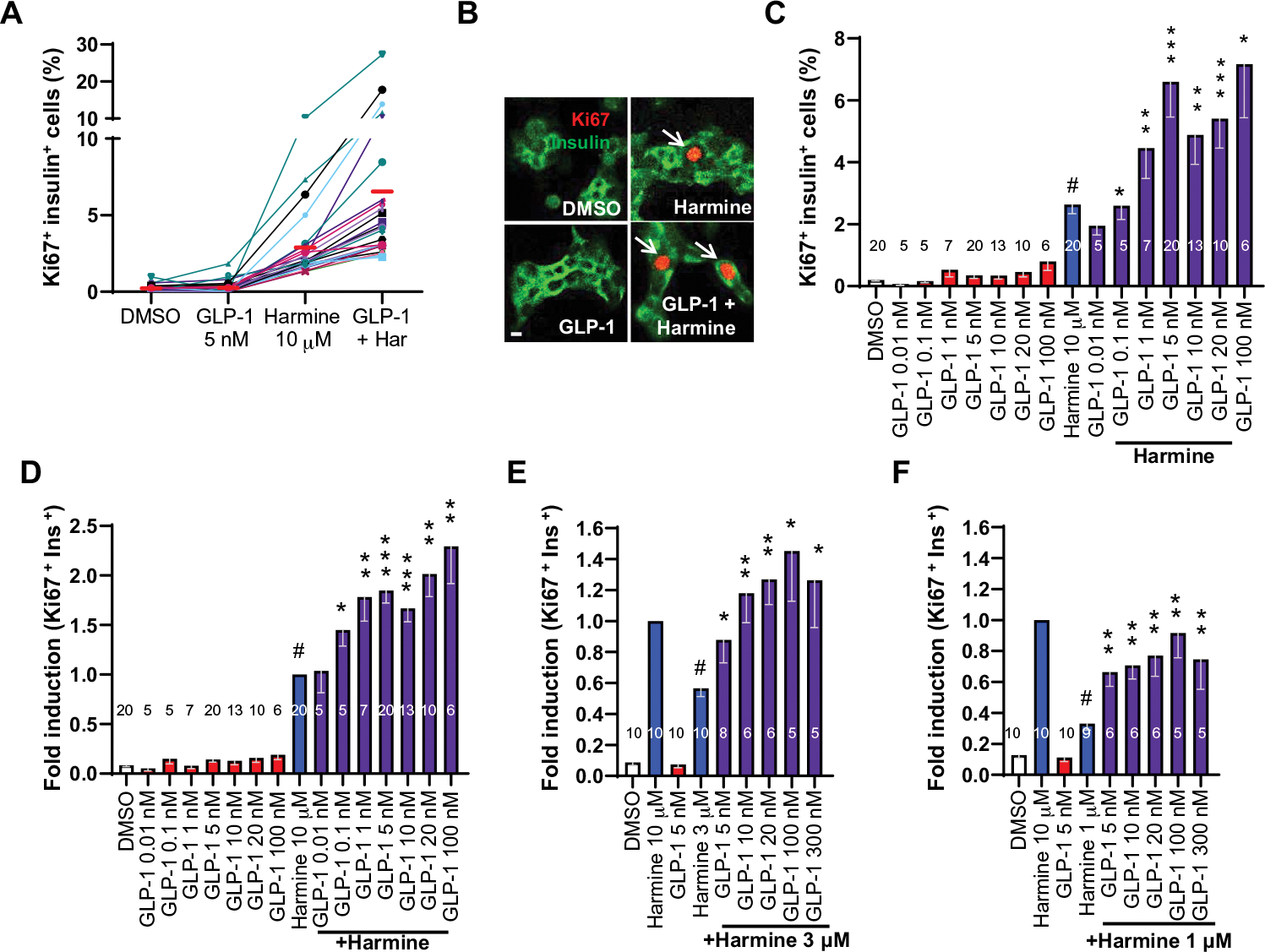Fig. 1. Combination of DYRK1A inhibitors with GLP1R agonists yields synergistic increases in human β cell proliferation.

(A) Dispersed human islet cells from pancreas donors (n = 20) were treated for 96 hours with the drugs and doses indicated and immunolabeled for Ki67 and insulin. DMSO (dimethyl sulfoxide), control vehicle at 0.1%. Each colored line represents an islet preparation from one donor. Red solid bars indicate the means for each treatment condition in the 20 donors. Har, harmine. (B) An example of insulin-Ki67 coimmunolabeling on dispersed human islets under the treatment conditions indicated. Arrows illustrate Ki67+ β cells. Scale bar, 10 μm. (C) Bar graph of the 20 single-dose human islet experiments shown in (A), together with a broad range of additional doses of GLP-1 and the maximally effective mitogenic dose of harmine (10 μM). The large error bars reflect the intrinsic variability among human islet preparations shown in (A). (D) The same data (C) shown as fold difference with respect to induction by 10 μM harmine, expressed as “1.0” to adjust for the intrinsic variability in each human islet preparation. The 1.0 value for harmine reflects an actual Ki67 labeling value of 2.5%. (E and F) Comparison of 3 and 1 μM harmine to 10 μM harmine alone or in combination with a range of GLP-1 doses. Bars indicate means ± SEM. Numbers within bars indicate the number of human islet preparations studied at each dose. A minimum of 3000 β cells was counted for each bar. One-way ANOVA, #P < 0.05 versus control; *P < 0.05, **P < 0.01, and ***P < 0.001 versus harmine alone.
